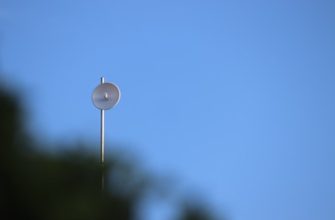If you want to gain organic traffic to your website, then you need to make sure that you are using the right keywords. Specifically, you need to use “long tail” keywords that will allow your site to be found in the results of the search engines. This means that you need to write longer articles, and that you need to target your competitors’ “top keywords”. This also means that you need to optimize your website, so that it can be easily found by the search engines.
Target your competitors’ “top keywords”
There’s a lot of competition in the social media space and your competitors are vying for your attention. So, it’s time to take a good look at what they’re doing. If you don’t know your competition, you’ll miss out on the opportunity to shine. Luckily, there are a few key steps to take to improve your odds of landing the top spot.
A little planning goes a long way. You can start by using tools like the aforementioned to identify your competitors, and then employ a social media campaign that is tailored to your specific needs. The end results will yield a much higher return on investment than any of your previous efforts.
It’s also a good idea to make a checklist of each of your competitors’ top content. This includes their top-of-the-pile social media presences, as well as their more niche product offerings. The next step is to create a strategic plan for each social media channel in question. This includes a well-executed social media calendar, an integrated set of content gimmicks, and a well-trained team of social hounds to execute the plan.
Write longer articles
If you’re in the SEO business, chances are you have heard about the benefits of long-form content, and the associated search engine ranking boosts. Generally, longer pieces of content are more detailed, so readers will have an increased chance of engaging with the content. However, it’s important to note that the length of an article is not necessarily an indicator of quality. Rather, it’s a metric of how well your content is structured.

One of the most significant factors to consider when determining the optimal length of your content is what you’re trying to accomplish. For instance, you may want to consider a shorter piece of content if you’re trying to attract more social shares, while a longer post may be better suited for driving more organic traffic. A good rule of thumb is to write a minimum of about 2,000 words. This enables you to cover all bases, while also ensuring that you’re providing the most comprehensive information on your subject.
Create keyword-rich Alt Tags for image links
There are many ways to improve your website, and a key way to do this is through the creation of keyword-rich alt tags for image links. These tags will help to give a more visual experience to your readers and also provide the search engines with a better understanding of your content.
When creating a keyword-rich alt tag for an image link, the first thing you’ll need to do is to describe the image. You can use descriptive terms and keywords, but be sure they are natural. You don’t want to stuff your alt text with keywords or make it sound too spammy.
The second priority is providing context to the image. If you are writing an informative article, you might find it helpful to provide a short description of the image and then include keywords. This will allow search engines to understand the content of the image and thus rank it better.
Optimize your website for search engine optimization
If you’re looking to optimize your website, there are a few key things to know. It’s important to understand the ins and outs of search engine optimization because it can have a massive impact on your traffic. The goal is to create a site that will be appealing to real people and make it easy for them to find your products and services. This means optimizing your content, your on-page SEO, and your overall user experience.
The first step to a successful optimization process is to identify problems. These can be in the form of usability issues, site speed, or other technical issues. There are several free online tools you can use to identify potential problems. It’s also a good idea to test your site on popular phone models to ensure it’s adaptable to mobile devices.
Using a tool such as Pingdom Tools, you can test your site’s loading time and identify the main issues. This can help you make improvements and ensure your site is operating at optimal speeds.








